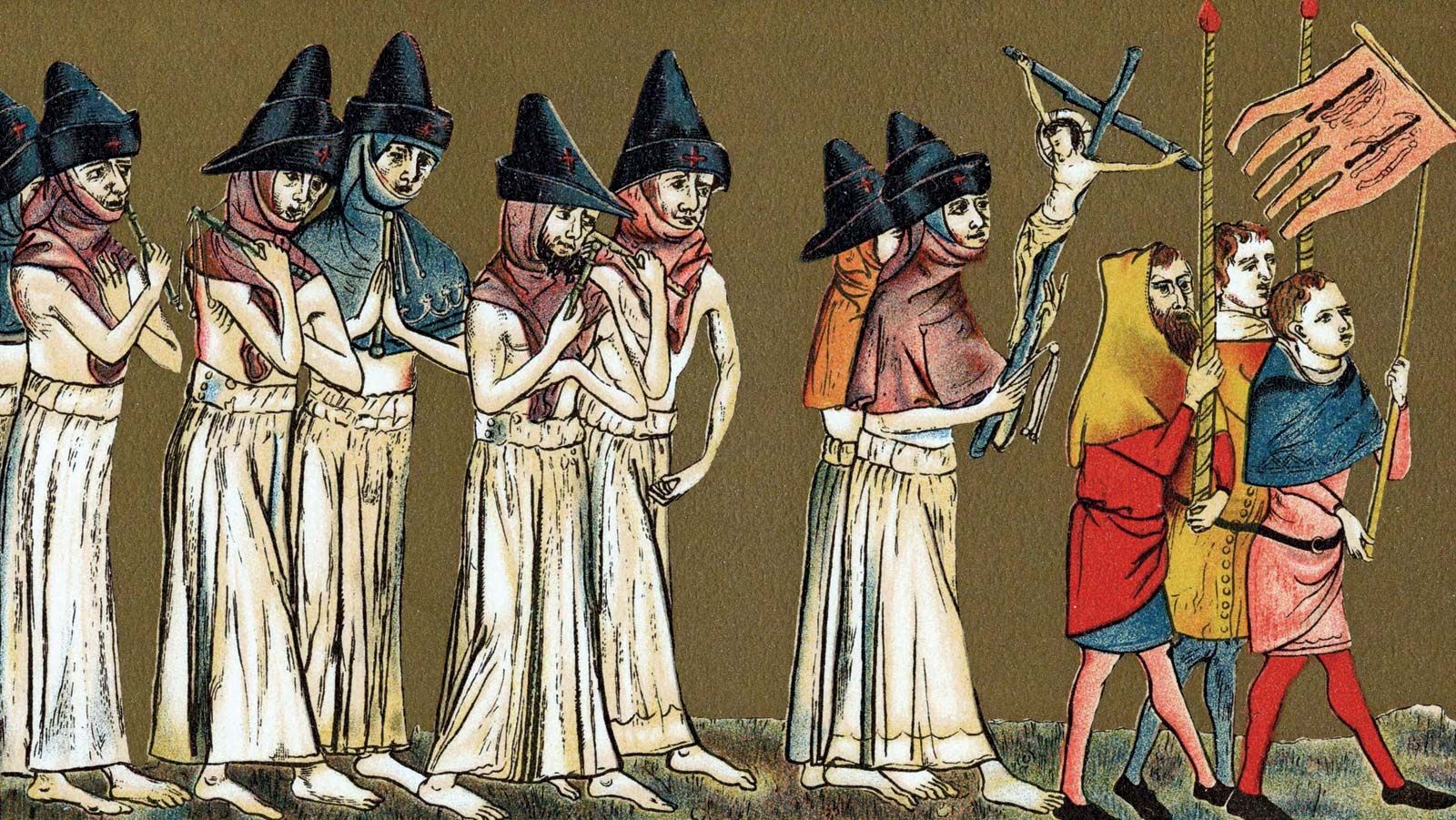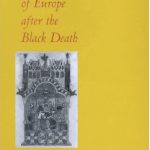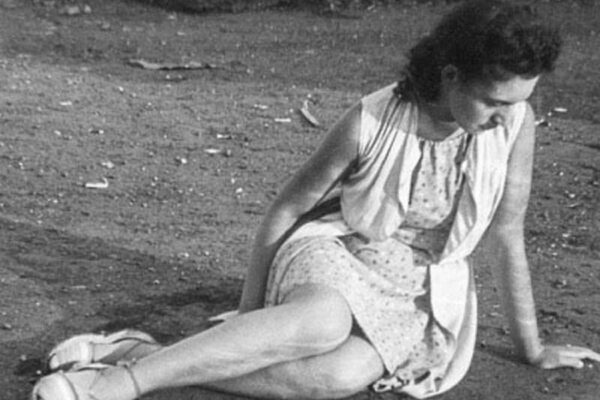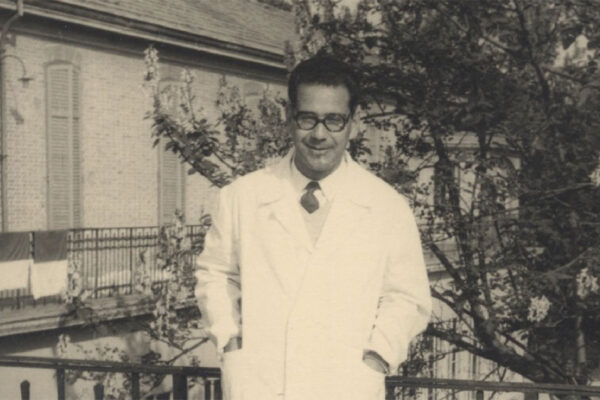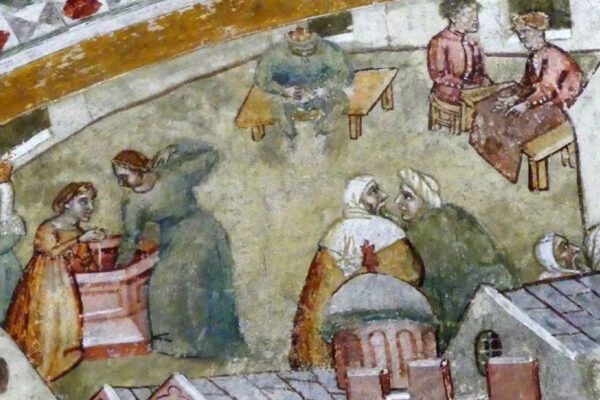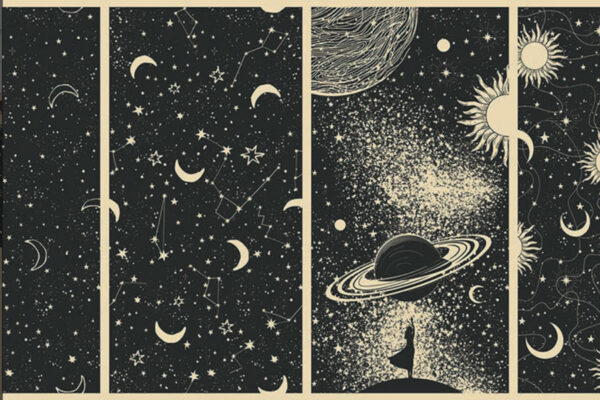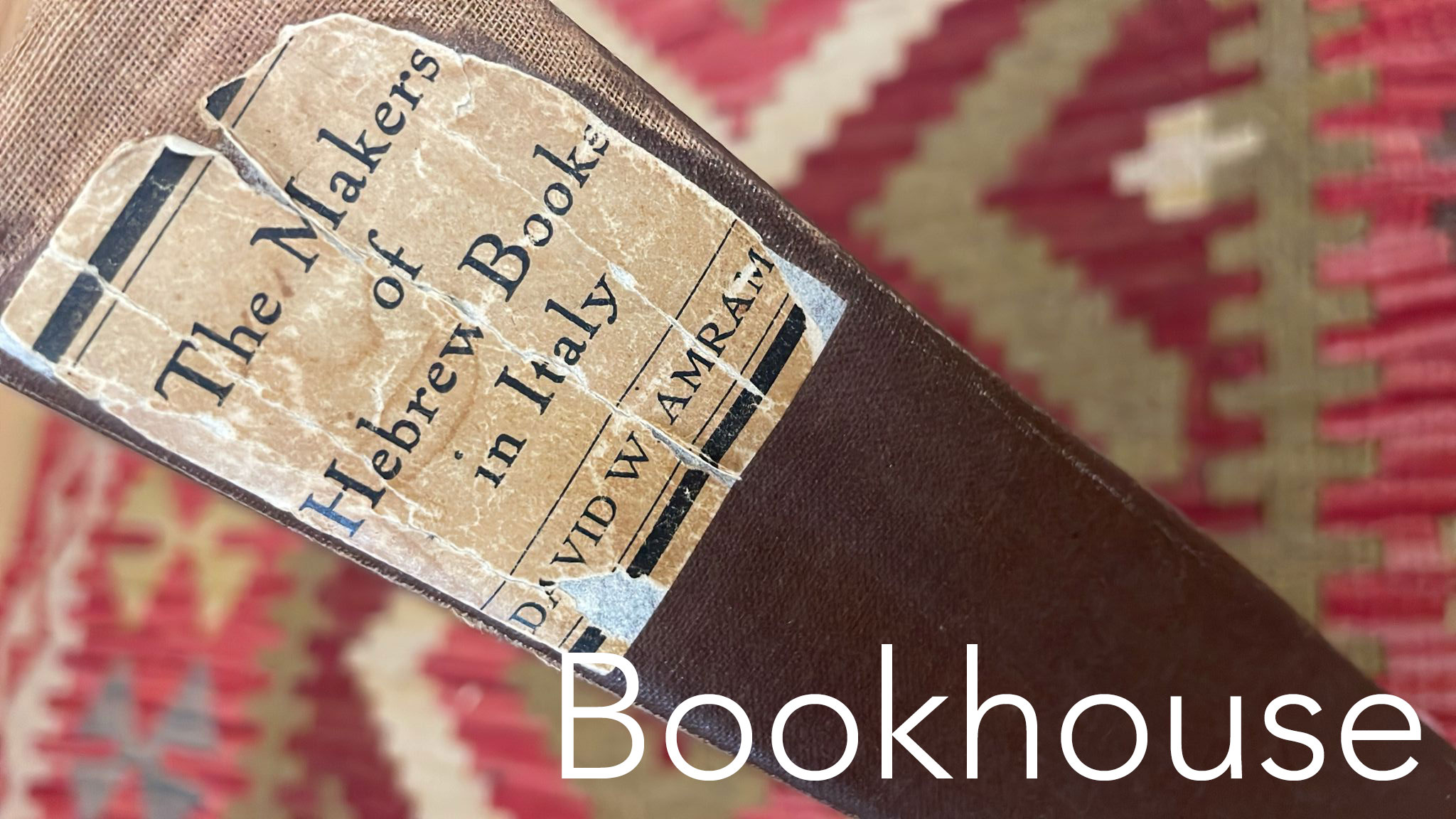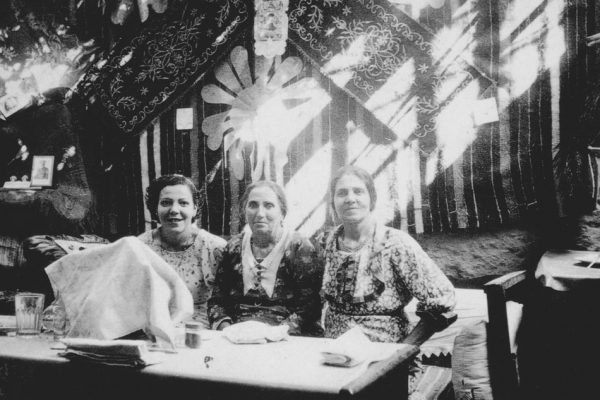Anna Foa – Translator: Andrea Grover, The Jews of Europe after the Black Death, University of California Press, 2000
Anna Foa, Andrea Grover
Anna Foa’s richly innovative history of Jewish life in Europe from the fourteenth through the nineteenth century breaks through the boundaries of traditional narratives. Instead of featuring a long series of catastrophes and cataclysms and the Jews’ responses to them, Foa concentrates on the creative aspects of Jewish life, and on continuities and correspondences among very different local Jewish communities.Anna Foa is a Professor of Modern History at the University of Rome “La Sapienza.” She has been visiting scholar at the University of Michigan, Ann Arbour, the Jackson School of International Studies at the University of Washington, Seattle, and Smith College, Northampton, Massachussets. Her publications in Jewish history include: Il gioco del proselitismo: politica delle conversioni e controllo della violenza nella Roma del Cinquecento, in “Ebrei e cristiani nell’Italia medievale e moderna: conversioni, scambi, contrasti”, Carucci, 1988; Ebrei in Europa dalla Peste Nera all’Emancipazione, Roma-Bari, Laterza, 1992; The Witch and the Jew: Two Alikes that were not the same, in “From Witness to Witchcraft. Jews and Judaism” edited by J. Cohen, Wiesbaden, Harassowitz Verlag, 1996; Un vescovo marrano: il processo a Pedro de Aranda (Roma 1498), in “Quaderni Storici”, 99, 1998; Le donne nella storia degli ebrei in Italia, in “Le donne delle minoranze: le ebree e le protestanti d’Italia”, edited by C. Honess e V. Jones, Torino, Claudiana, 1999; Converts and conversos in Sixteenth-Century Italy, in “The Jews of Italy. Memory and Identity,” edited by B. Garvin e B. Cooperman, University Press of Maryland, 2000. Prof. Foa is a frequent contributor for the publication of the Italian Jewish Communities, Pagine Ebraiche. Andrea Grover is Adjunct Associate Professor of Humanities at New York University.
Foa’s illuminating overview of the issues and debates that have dominated the study of Western European Jewish society more than justifies her blending of narrative history with thematic investigations. This is, perhaps surprisingly, the story of a stability that underlies and survives change. In a new afterword, prepared expressly for the English edition, Foa talks about the twentieth century’s two transforming phenomena, Zionism and the Holocaust, and the ways they have changed Jewish identity and historiography.


